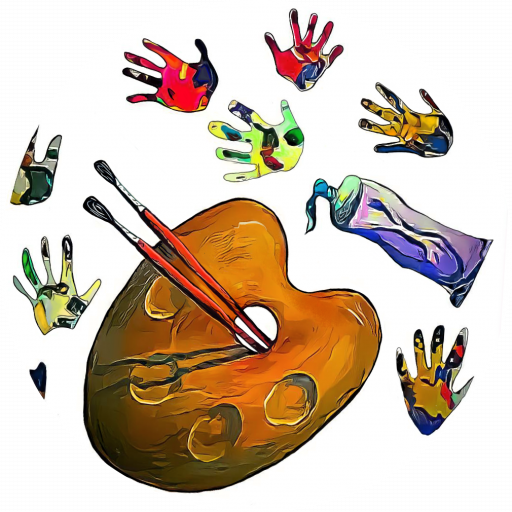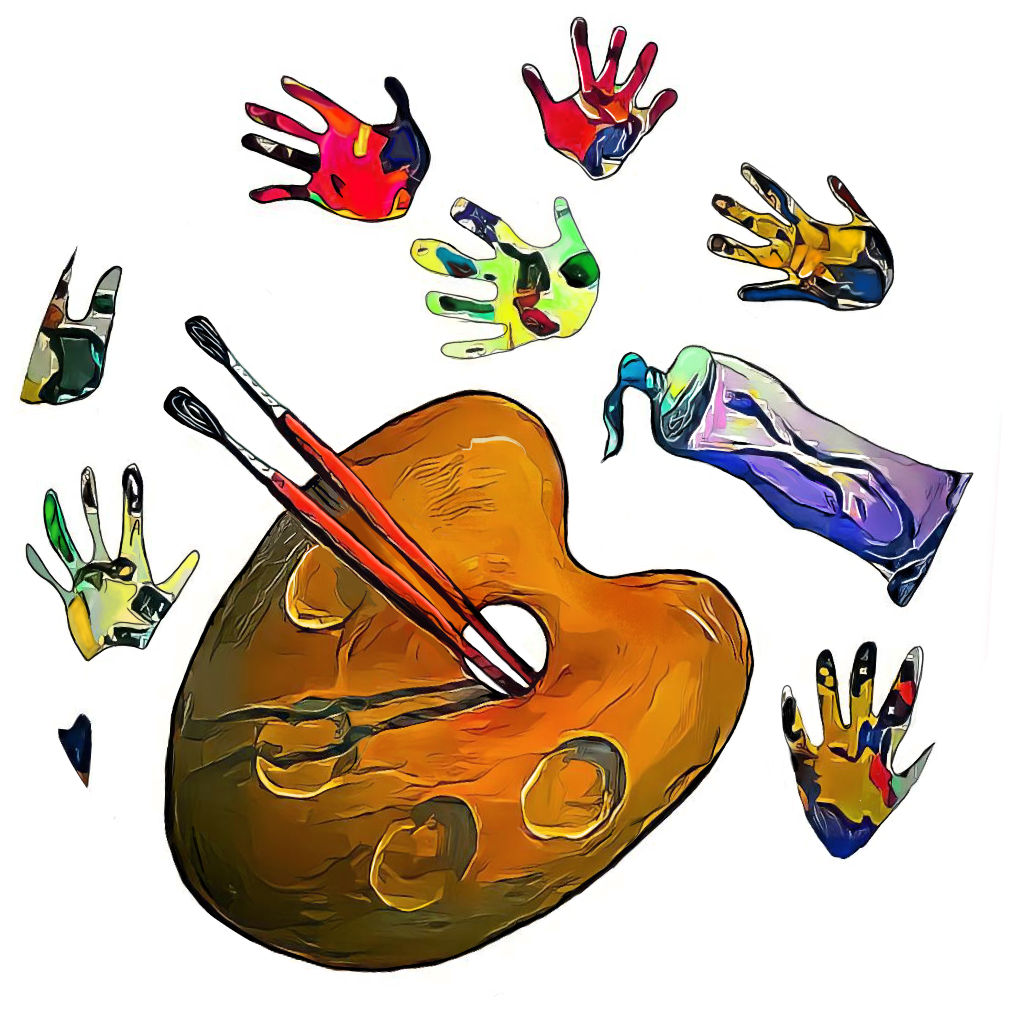The Disappeared, by Clarice Assad is being performed as part of the “Hidden World of Girls Project“, in the Cabrillo Festival of Contemporary Music.
Born in Brazil, Clarice Assad is the daughter of Sergio Assad and the niece of Odair Assad, one of the world’s premier international guitar duos. She has appeared at the Cabrillo Festival once before, for the 2004 world premiere of her Violin Concerto, written for and performed at the Festival by violinist and conductor Nadja Salerno-Sonnenberg. About The Disappeared, Assad writes:
In 1992 artist Claudia Bernardi and her sister Patricia went to El Mozote, El Salvador, to commit themselves to the grueling task of exhuming hundreds of skeletons from a mass grave. Among them, 136 victims had been children under the age of twelve. This slaughter, a bizarre by-product of a brutal twelve years of civil war, had been quickly covered up and dismissed for various political reasons. As a result, it went unreported by the press for a long time. Yet Rufina Amaya Marquez (1942-2007), one of the handful survivors of this horror, had lived to tell the story.
The Disappeared is a political piece. The underlying political events that led to the massive destruction of an entire village are quite absurd and really difficult to accept. It took me several weeks to figure out what I was going to do with this story, and after much pondering the image/idea of a traveling circus came into my mind. I chose the circus because of all its metaphorical meanings and its vivid imageries. A circus can be sweet, childish and innocent, or it can be gruesome, freakish and violent, such as the Circus Maximus in ancient Rome.
A disturbing musical parody, the music is quite visual and acknowledges the horrific events that had taken place in the village of El Mozote, as if conveyed to the audience by a traveling circus that had pulled into town and put on a show. Each circus “act” metaphorically addresses political issues such as power abuse and freedom, and the acts are woven together by interludes sung by a female voice inspired by the witness Rufina Amaya. Her voice lives in a parallel reality and accounts for what happened before the pandemonium and in the aftermath, but never during the present, actual horror.
Little by little, the bittersweet melody begins to lose its naiveté by piecing together ghostly memories of a community that once thrived in innocence and simplicity, though it had been overshadowed by an ominous premonition. The chronicle is a juxtaposition of ideas, emotions and ideals, a musical collage of sorts, influenced by Claudia Bernardi’s art, which, since her experience in El Mozote, has included severed figures and fragments of bone.
The work opens with an Overture and quickly dissolves into the First Interlude, Children in a Circle. Next is Clowns, symbolizing the government. It features a solo piccolo trumpet, which attempts to mock and mimic the speech of a dictator. The Second Interlude welcomes the Flying Trapeze, which stands for freedom, freedom of speech and free will. The movement closes bittersweetly with Jugglers and Tumblers, who herald news of the circus coming to town.
Finally, the music is interrupted by the Last Interlude, which is not sung but whispered in the form of a prayer. It is a soft, but desperate pleading, a cry for help that goes answered and the music progresses into the final movement entitled Freak Show. The piece concludes with a sung Postlude, the only portion of the work that contains lyrics. These lyrics, set to a poem by Brazilian writer Daniel Basilio, summarize the story with a beautiful message of life-affirming hope and continuing fortitude.
The Disappeared, por Clarice Assad se realiza como parte del ‘Oculto mundo de niñas proyecto’, en el Festival de música contemporánea de Cabrillo.
Nacido en Brasil, Clarice Assad es la hija de Sergio Assad y la sobrina de Odair Assad, uno de los dúos de premier internacional de guitarra de todo el mundo. Ella ha aparecido en el Festival de Cabrillo una vez antes, para el estreno mundial de 2004 de su concierto para violín, escrito para y representada en el Festival por el violinista y Director de orquesta Nadja Salerno-Sonnenberg. Sobre el desaparecido, Assad escribe:
En 1992 el artista Claudia Bernardi y su hermana Patricia fueron a El Mozote, El Salvador, a comprometerse con la durísima tarea de exhumación cientos de esqueletos de una fosa. Entre ellos, 136 víctimas habían sido niños menores de doce años. Esta matanza, un subproducto extraño de una brutal y doce años de guerra civil, había sido rápidamente cubierta y despedida por diversos motivos políticos. Como resultado, fueron denunciado por la prensa por mucho tiempo. Sin embargo Rufina Amaya Marquez (1942-2007), uno de los pocos sobrevivientes de este horror, había vivido para contar la historia.
Los desaparecidos es una pieza política. Los acontecimientos políticos subyacentes que condujeron a la destrucción masiva de todo un pueblo son bastante absurdo y realmente difícil de aceptar. Me tomó varias semanas para averiguar lo que iba a hacer con esta historia y después de mucho meditar la imagen/la idea de un circo ambulante entró en mi mente. Elegí el circo debido a todos sus significados metafóricos y sus imaginarios vivos. Un circo puede ser dulce, infantil e inocente, o puede ser horrible, monstruosa y violentos, como el circo máximo de Roma.
Una inquietante parodia musical, la música es muy visual y reconoce los terribles sucesos que tuvieron lugar en la aldea de El Mozote, como si se transporta a la audiencia por un circo ambulante que había tirado a la ciudad y montar un espectáculo. Cada “circo” metafóricamente aborda cuestiones políticas como abuso de poder y la libertad, y los actos se tejen juntos por interludios cantados por una voz femenina inspirada en el testimonio de Rufina Amaya. Su voz se vive en una realidad paralela y cuentas de lo ocurrido antes el pandemonium y en las secuelas, pero nunca durante el horror presente, real.
Poco a poco, la melodía agridulce comienza a perder su ingenuidad por armar fantasmales recuerdos de una comunidad que una vez que prosperaron en inocencia y simplicidad, aunque se había sido eclipsado por una premonición ominosa. La crónica es una yuxtaposición de ideas, emociones e ideales, un collage musical de tipo, influenciado por el arte de Claudia Bernardi, que, desde su experiencia en El Mozote, ha incluido figuras cortadas y fragmentos de hueso.
La obra se abre con una obertura y rápidamente disuelve en el primer interludio, los niños en un círculo. El siguiente es payasos, simbolizando el Gobierno. Cuenta con una trompeta piccolo solitario, que intenta burlarse e imitar el habla de un dictador. El segundo interludio celebra el trapecio de vuelo, que significa libertad, libertad de expresión y el libre albedrío. El movimiento se cierra bittersweetly con malabaristas y acróbatas, que anuncian noticias del circo llega a la ciudad.
Por último, la música es interrumpida por el último interludio, que no es cantada pero susurró en forma de una oración. Es un suave, pero rogando desesperado, un grito de ayuda que va contestada y que avanza de la música en el movimiento final titulado Freak Show. La obra concluye con un postludio cantado, la única parte de la obra que contiene letras. Estas letras, poner un poema por el escritor brasileño Daniel Basilio, resumen la historia con un hermoso mensaje de esperanza de vida afirmando y fortaleza continua.

